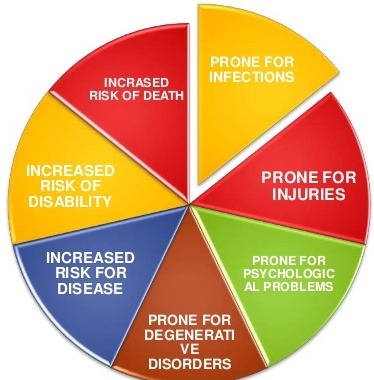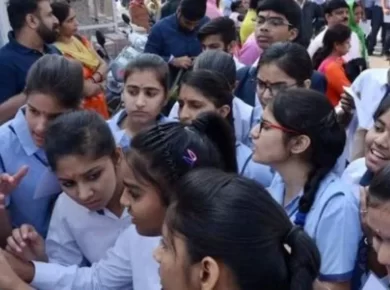Elderly Issues
India already has the second largest elderly population in the world. Indians above the age of 60 increased 35 % from 2001 to 2011. India’s age dependency ratio also increased from 10.9% in 2001 to 14.2% in 2011.
Factors responsible – reduction in mortality due to economic well-being, better health care system, good medicines & reduction in fertility
[clear]Elderly Issues
- Less than 1% of elderly population in India has health insurance despite requiring psychiatric or psychological intervention frequently
- Supply shortfall in affordable senior care homes & elder friendly Infrastructure like elderly recreation homes
- Lack of social security and pensions for majority of elderly population viz. 65 % of elderly in India are dependent on others for their financial requirements.
- Migration and displacement for work by the youth from rural to urban areas increases solitary elderly population i.e. 71 % elderly reside in villages while 29 % reside in cities
- The care of older persons in the families gets increasingly difficult in wake of increasing nuclear families & economic aspirations
- Data on elderly living in a region is not available thus hindering any disaster management activities related to elderly. For eg. Chennai disaster
- Government projections suggest occurring of feminization of elderly population, with 51% of the total likely to be women by 2016.
There is a lack of awareness about the prevalent schemes and programmes among the elderlies. Programmes are plagued with leakage and inability in identifying right beneficiaries.
[clear]Government Policies
- Social security is the concurrent responsibility of the central and state governments
- Well-being of senior citizens – Article 41 of Indian constitution
- National Old Age Pension Scheme
- National Programme for Healthcare for Elderly, 2010
- Draft National Policy on Senior Citizen, 2011
The foremost step that requires urgent attention is to sensitize people, especially the younger generation, towards the needs of our elderly population





1 comment
very good effort